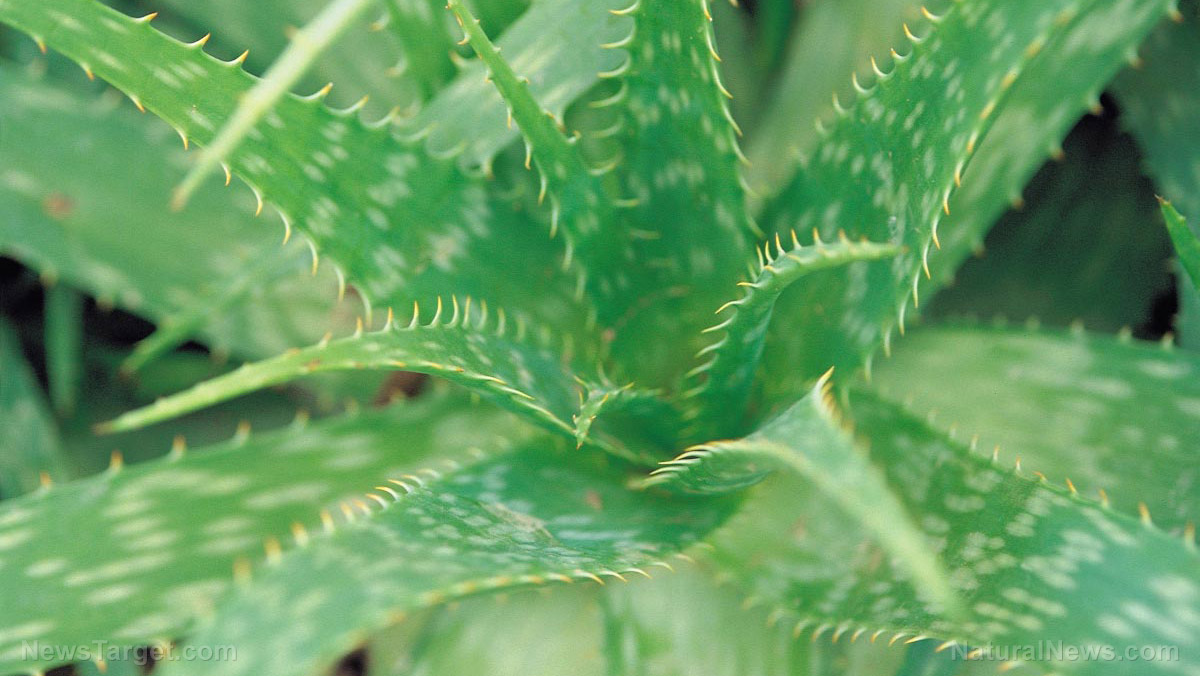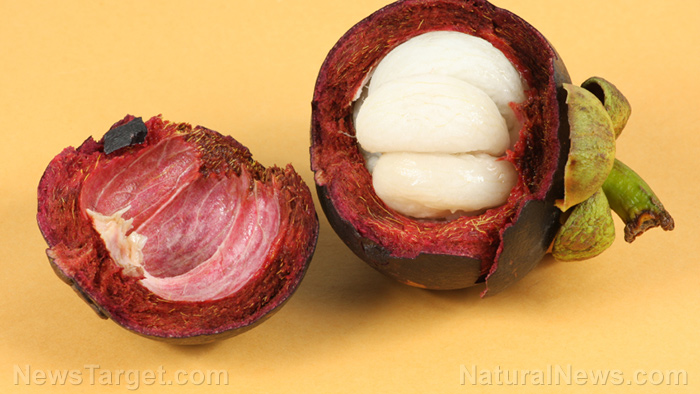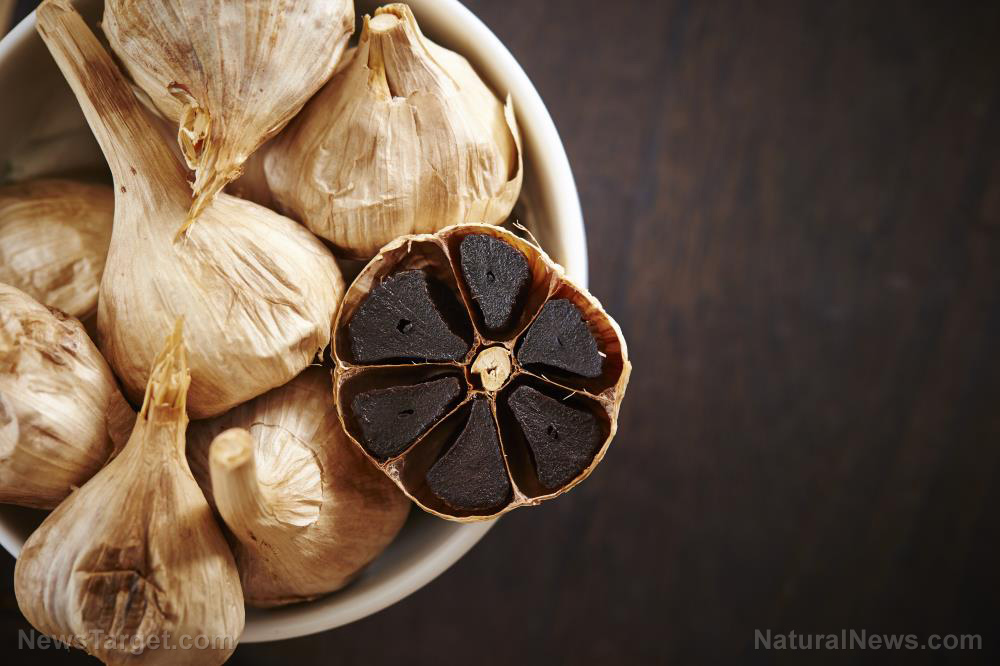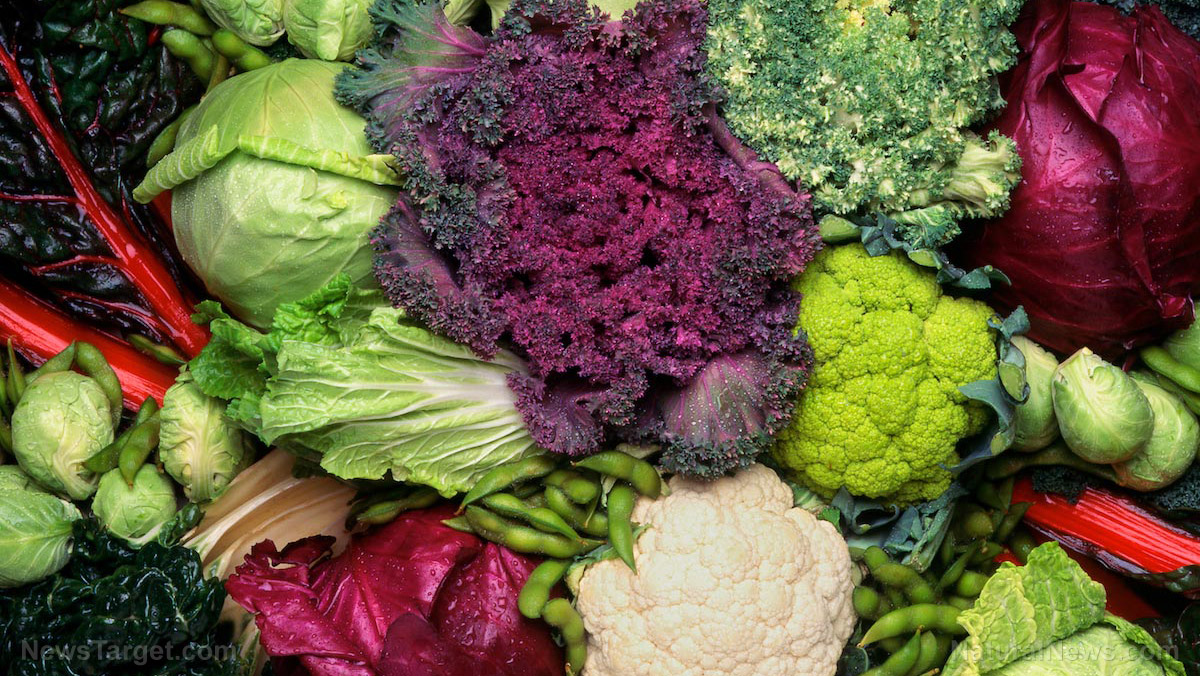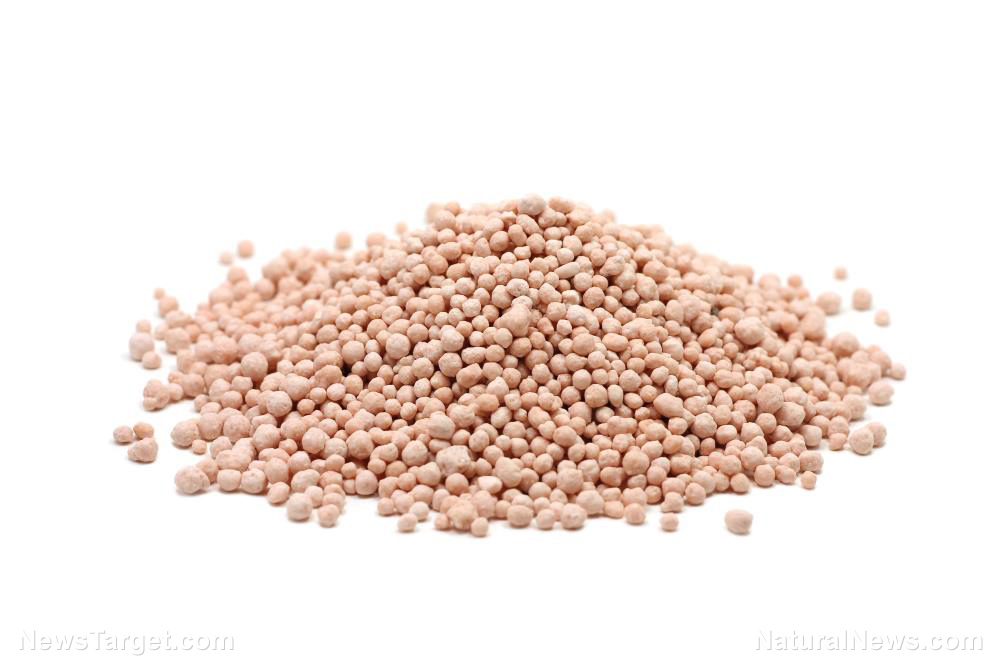Effects of nitrogen, phosphorus and potassium on the nutrition of field fava beans (Vicia faba L.)
03/20/2018 / By David Williams

The health of the soil upon which crops are planted can directly affect the health of the crops themselves. But the extent to which certain soil minerals can affect nutrients that aid in plant growth isn’t so clear-cut. Now a research study looks into identifying the actual effects of specific minerals, namely nitrogen (N), phosphorus (P), and potassium (K), on the nutrition of fava beans.
- The research was conducted as part of a long-term mineral fertilization experiment. It aims to determine the nutrient concentrations as well as the nutrient ratios that are linked with acceptable nutritional status.
- The long-term mineral fertilization experiment was first set up in 1989 on chernozem meadow soil that contained calcium carbonate in their deeper layers.
- All possible combinations of four levels each of N, P, and K supplies were set up, resulting in a total of 64 different treatments. The details shared in the research paper are from results obtained in the years 2001 and 2002.
- Upon observation, it was discovered that the seed yield of fava bean exhibited a significant increase of nine percent in all years when the NO3-N content of the zero to 60 centimeter soil layer prior to sowing rose to 76–85 kg ha?1 which was possible at the 80 kg ha?1 N fertilizer rate.
- P fertilizer significantly increased the seed yield up to a soil AL-P2O5 content of 176–183 mg kg?1.
- The K supplies had no significant effect on the seed yield when the soil AL-K2O content was in the 230–465 mg kg?1 range.
- Excessive N supplies were noted to increase both the N and manganese (Mn) contents of fava bean leaves, while reducing the iron (Fe), zinc (Zn), and copper (Cu) contents.
- The researchers recommended leaf analysis at the beginning of flowering in order to judge the nutritional status of fava beans.
The results of the research clearly show how individual soil minerals can have markedly different effects on soil nutrients and plant health.
Journal Reference
Izsáki Z. NITROGÉN-, FOSZFOR- ÉS KÁLIUM-ELLÁTOTTSÁG HATÁSA A LÓBABRA (VICIA FABA L.). Agrokémia és Talajtan. DOI: 10.1556/0088.2017.66.2.5
Tagged Under: Fava beans, Good science, mineral fertilization, Nitrogen, phosphorus, potassium, soil minerals, soil nutrients



